Buenos Aires, Argentina’s colorful capital, provides an intoxicating mix of European sophistication and Latin American fervor. The city throbs with energy and culture, from its baroque buildings to its boisterous nightlife and all the rest.
If you’re visiting for the first time or coming back for a second look, the “Paris of South America” never ceases to awe with its unique barrios and unforgettable moments.
Below is a list of 20 places that represent the spirit of this great South American city.
Plaza de Mayo
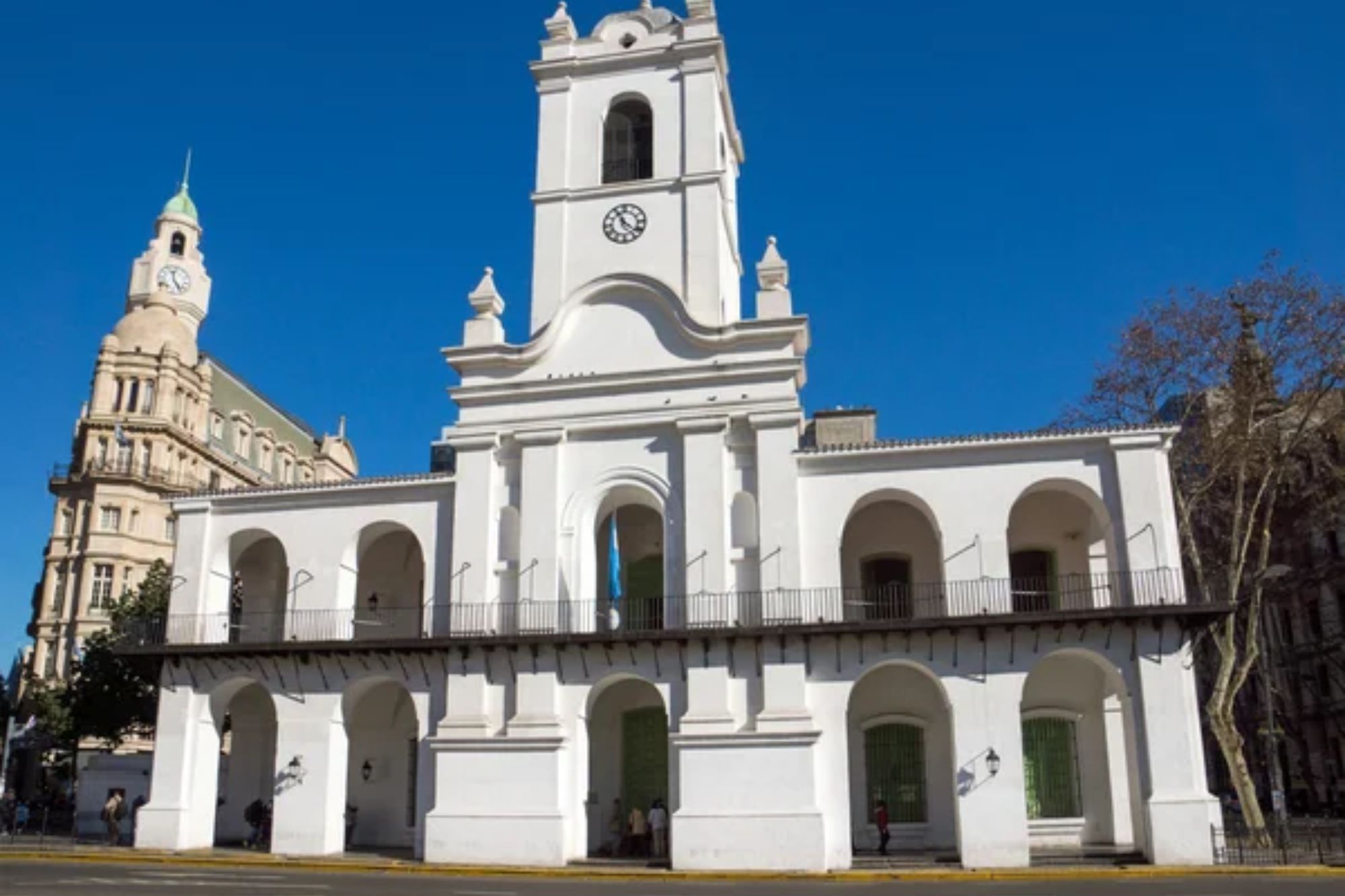
At the heart of Buenos Aires stands Plaza de Mayo, the city’s most historic square and political epicenter. This iconic space has witnessed countless pivotal moments in Argentine history, from the revolution to the emotional protests of the Mothers of the Plaza de Mayo.
The presidential palace, Casa Rosada, stands proudly at the eastern end, its distinctive pink façade instantly recognizable to visitors from around the world.
San Telmo Market
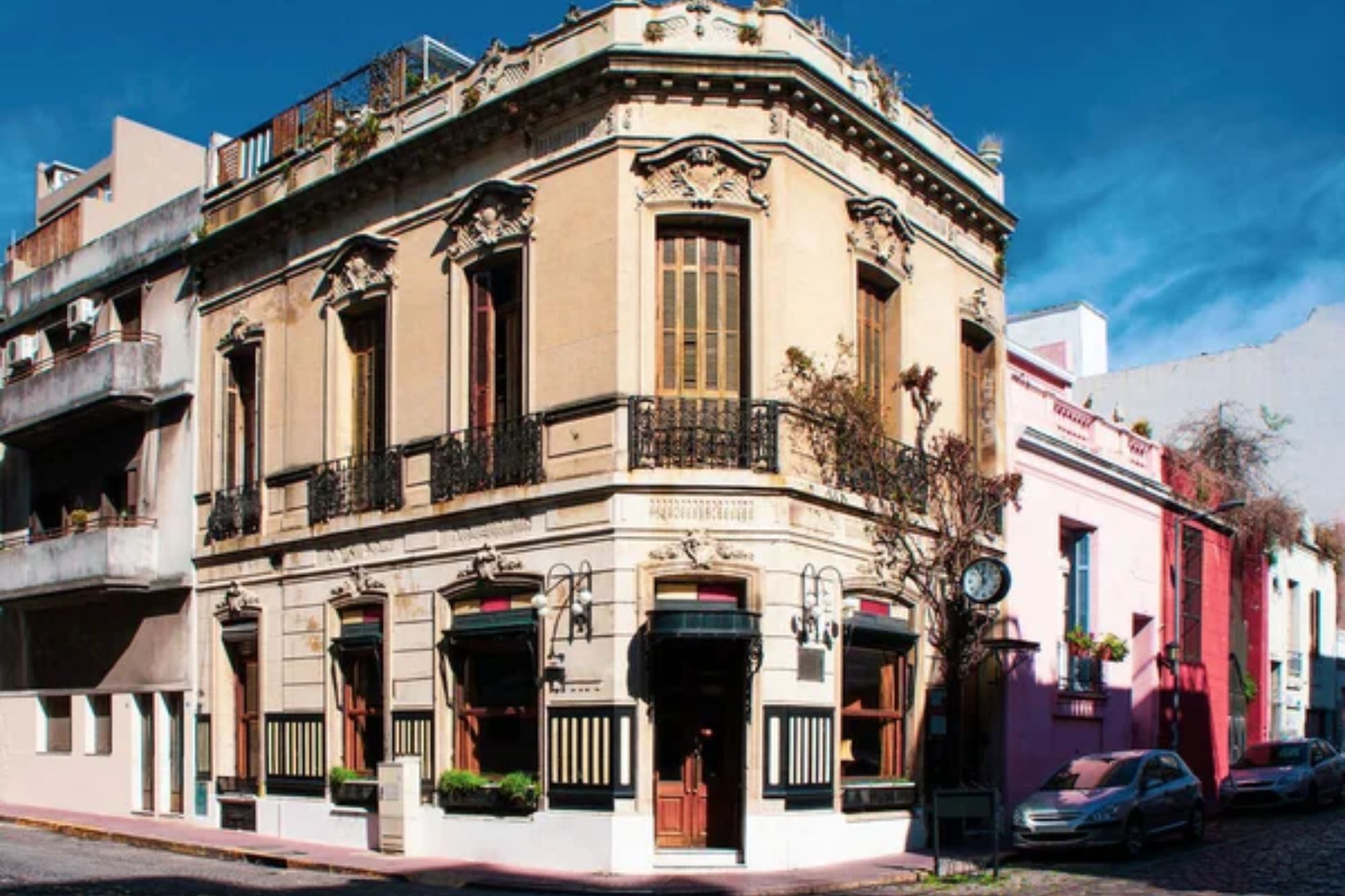
Every Sunday, the cobblestone streets of San Telmo transform into a bustling marketplace that stretches for over 20 blocks along Defensa Street. Locals and tourists alike flock to browse antiques, handcrafts, vintage clothing, and artwork displayed by hundreds of vendors.
The air fills with the sounds of impromptu tango performances and the enticing aromas from food stalls serving traditional Argentine treats.
La Boca
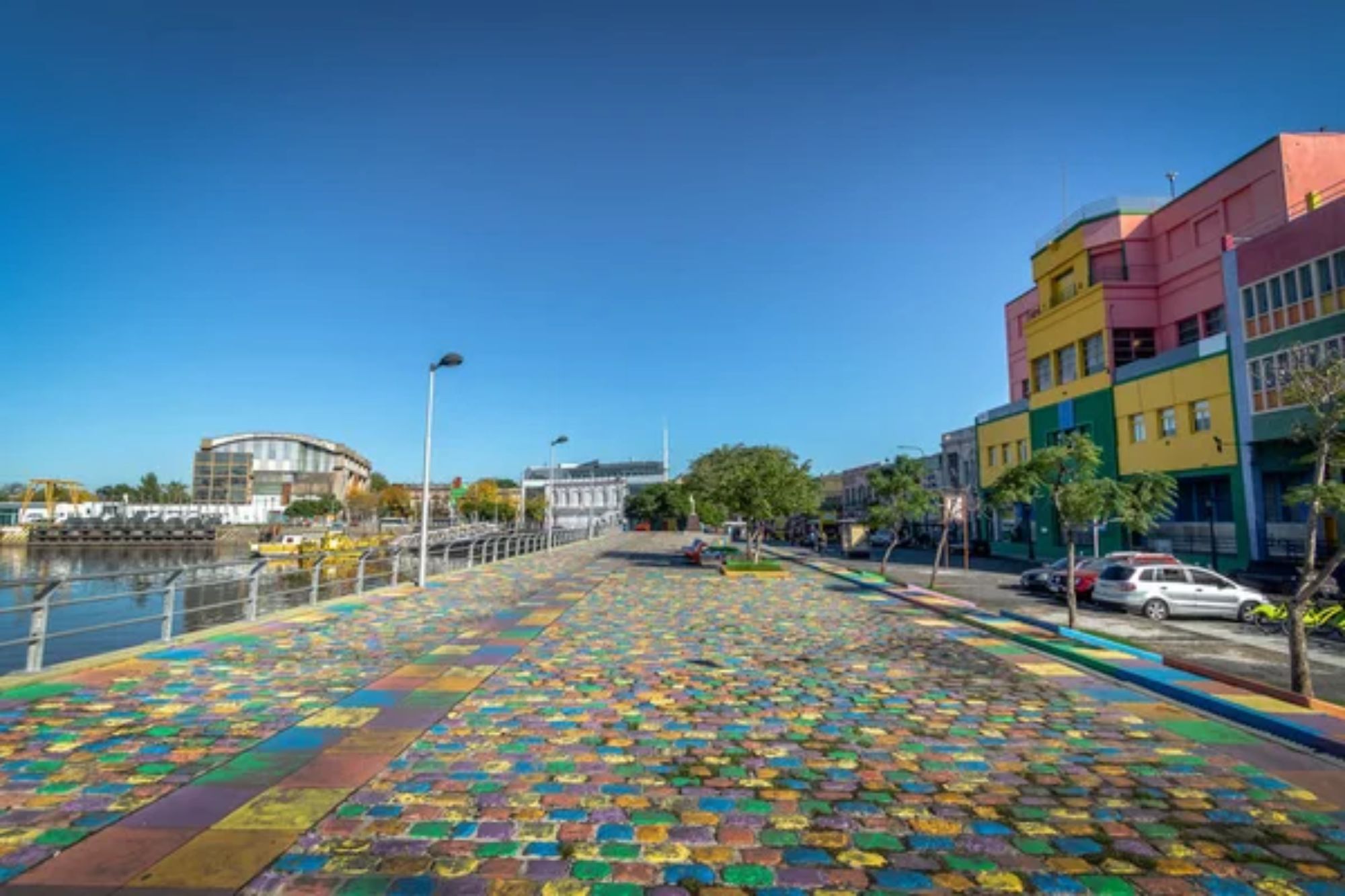
This working-class neighborhood erupts with color thanks to the famous Caminito, a street museum where buildings painted in bold primary hues create a photographer’s paradise. La Boca’s Italian heritage remains strong, dating back to the 19th century when Genoese immigrants settled in this riverside district.
The neighborhood’s passionate atmosphere reaches a fever pitch whenever the legendary Boca Juniors football team plays at La Bombonera stadium.
Like Travel Pug’s content? Follow us on MSN.
Recoleta Cemetery

Far from being merely a burial ground, Recoleta Cemetery functions as an open-air museum showcasing incredible funerary art and architecture. Nearly 5,000 above-ground vaults create a labyrinth of ornate mausoleums representing architectural styles from Art Deco to Baroque.
Famous residents include Eva Perón, whose relatively modest tomb ironically attracts the most visitors among the elite families interred here.
El Ateneo Grand Splendid
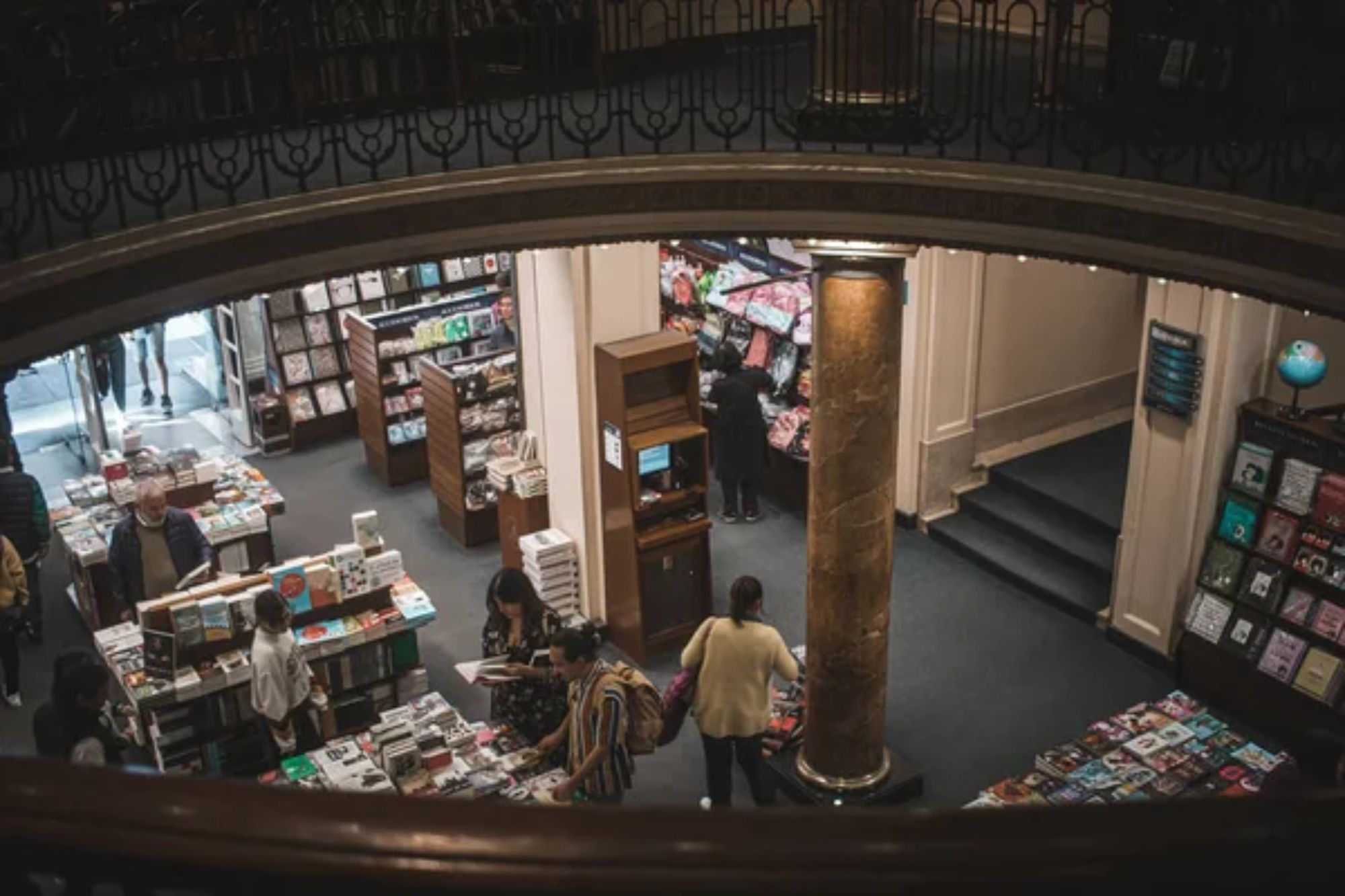
El Ateneo Grand Splendid is housed in a former theater built in 1919 and is regularly listed among the world’s most beautiful bookstores. The original ceiling frescoes, ornate carvings, and plush red stage curtains have been preserved, while bookshelves now line the theater boxes.
Visitors can browse over 120,000 titles or enjoy coffee on the stage where renowned tango singers once performed.
Puerto Madero

Once a deteriorating port area, Puerto Madero has transformed into Buenos Aires’ most upscale neighborhood. Old brick warehouses now house trendy restaurants and luxury apartments along a waterfront promenade.
The district’s modern highlight is the stunning Puente de la Mujer (Woman’s Bridge), a rotating footbridge designed by Spanish architect Santiago Calatrava to resemble a couple dancing tango.
Like Travel Pug’s content? Follow us on MSN.
Palermo Soho
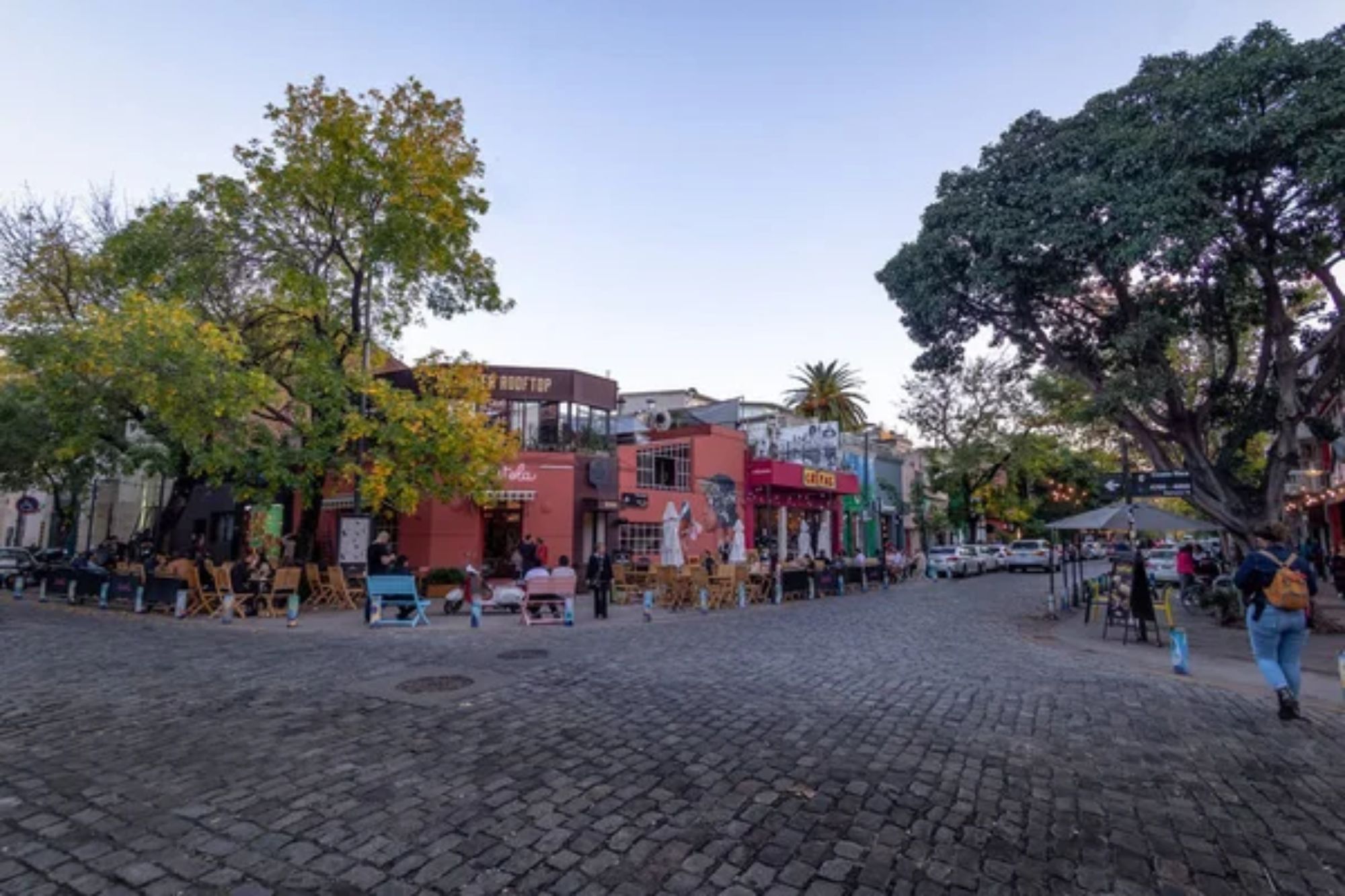
This fashionable sub-barrio within the larger Palermo district buzzes with creative energy. Independent designers have set up boutiques in converted houses, while innovative chefs have established restaurants that blend traditional Argentine cuisine with international influences.
Street art decorates walls throughout the neighborhood, creating an outdoor gallery that evolves constantly as new murals appear.
Tigre Delta

Only 17 miles north of central Buenos Aires lies this incredible system of waterways and islands, where locals get around by boat instead of automobile. Weekend houses and permanent dwellings border the canals, accessible only by water taxi or private boat.
The Tigre Delta is an idyllic escape from urban living, complete with rowing clubs, stilt-supported restaurants, and an intriguing lifestyle that has learned to live in harmony with the river’s rhythm.
Jardín Japonés
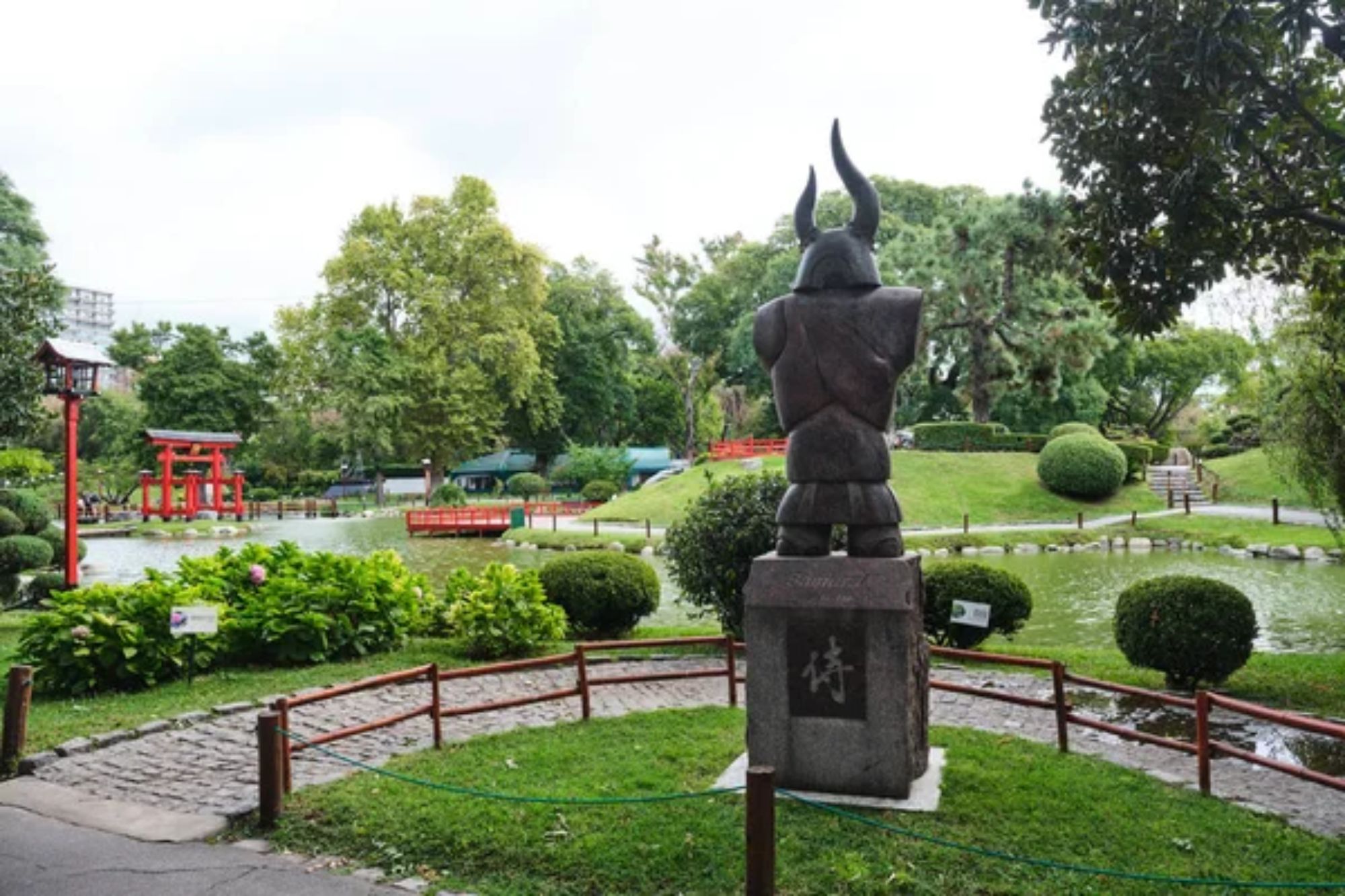
The largest Japanese garden in the Western Hemisphere outside of Japan is an oasis of calm in the midst of the urban world. The Japanese Argentine Cultural Foundation has carefully maintained the garden, which has traditional components such as a red bridge, koi ponds, and meticulously trimmed bonsai collections.
The serene grounds are a meditative haven for tourists and residents looking to escape the sounds of the city.
Like Travel Pug’s content? Follow us on MSN.
Teatro Colón
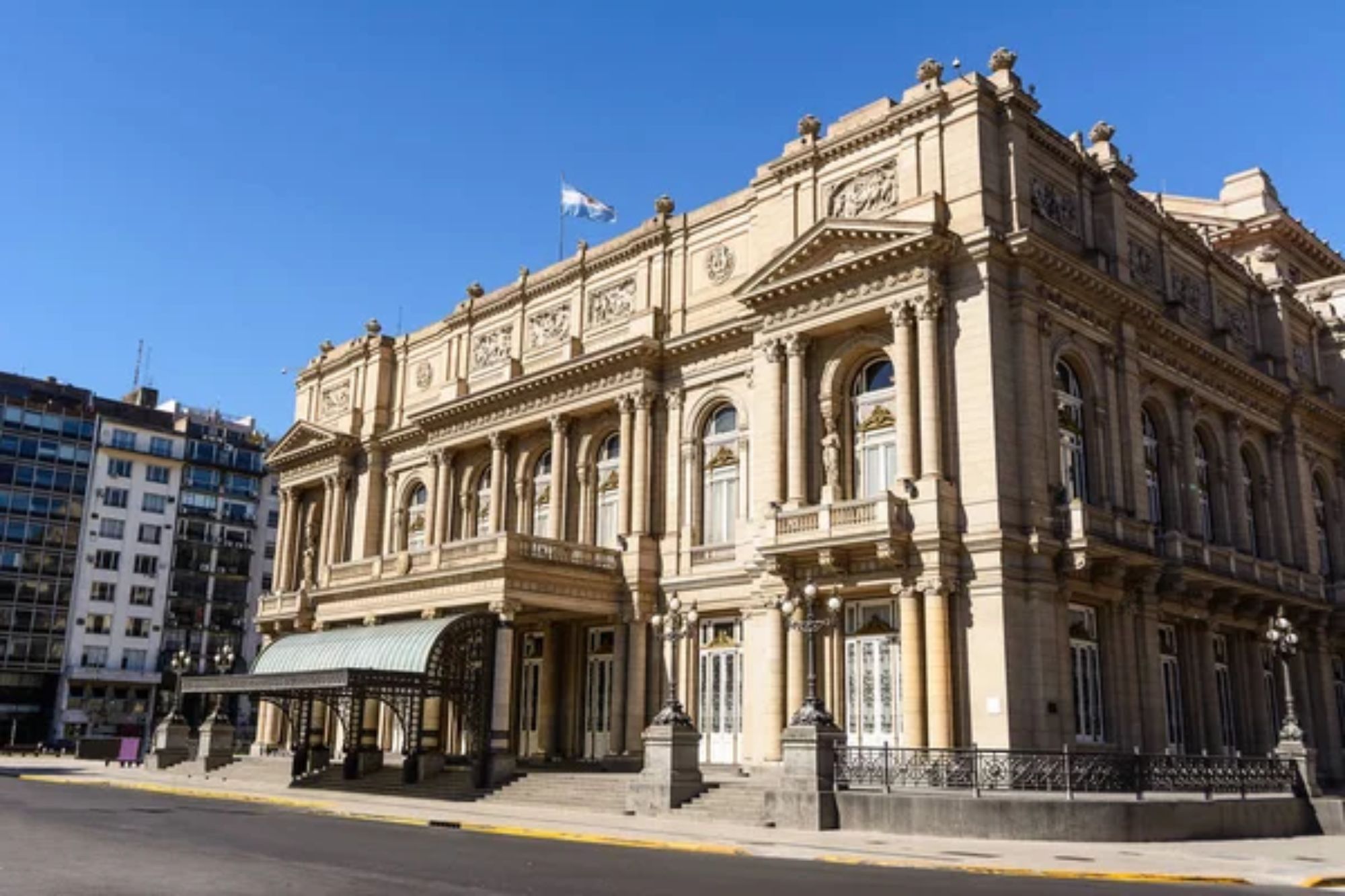
Teatro Colón is the crowning jewel of Buenos Aires’ cultural panorama, ranked acoustically among the world’s top three opera houses. This masterpiece took nearly 20 years to complete, opening for both visits and performances in 1908 with a production of Verdi’s Aïda.
Its horseshoe-shaped main auditorium accommodates more than 2,500 patrons under the glorious dome adorned with frescoes, providing an environment of sheer magnificence for plays.
MALBA
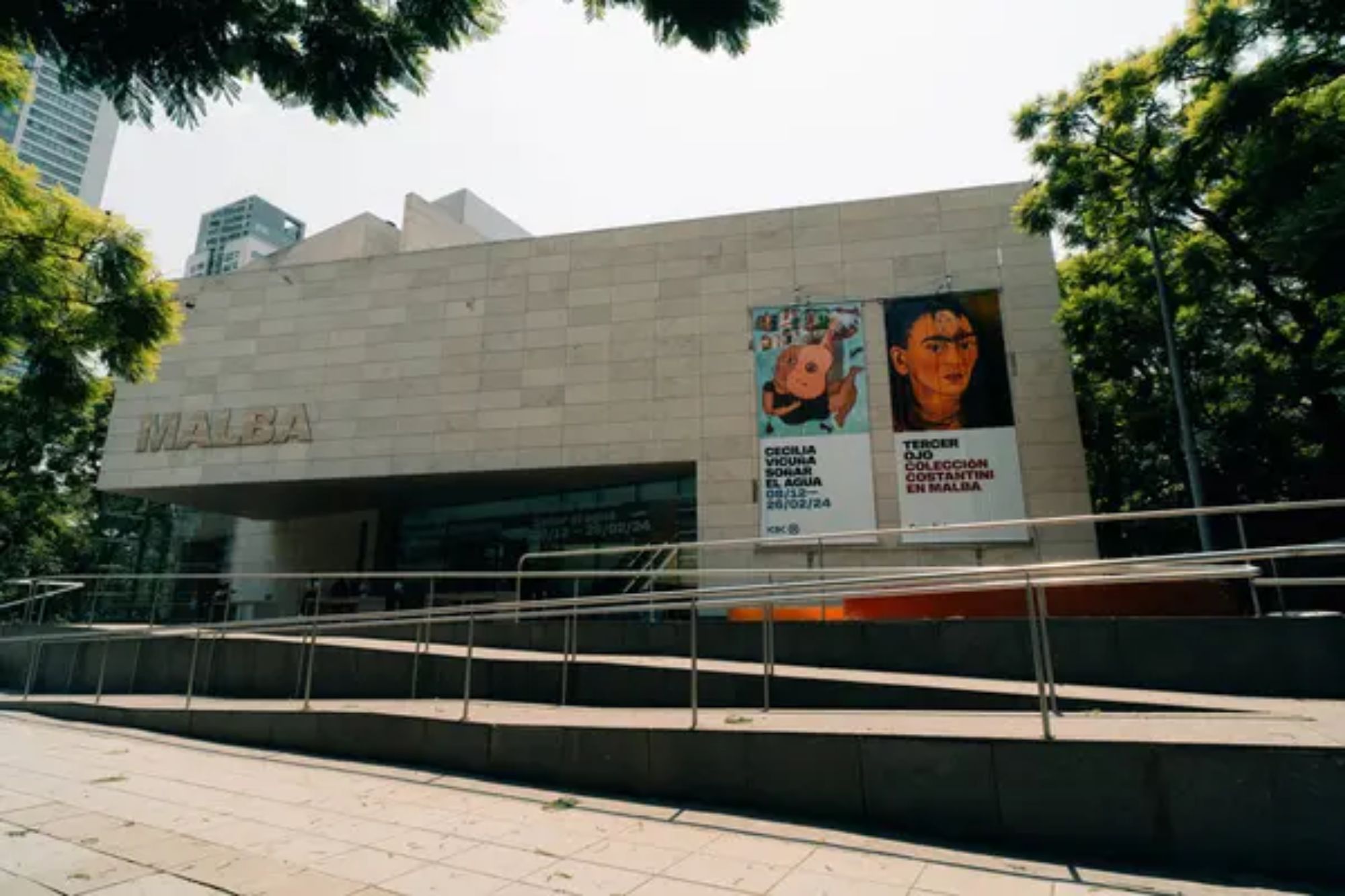
The Latin American Art Museum of Buenos Aires (MALBA) houses one of the most important collections of 20th-century and contemporary Latin American art. The sleek, modern building is an architectural landmark, and strategically placed windows allow natural light to flood the exhibition areas.
Frida Kahlo paintings, Diego Rivera murals, and Fernando Botero sculptures coexist with installations by modern Argentine artists in this key cultural center.
Floralis Genérica

This gigantic steel and aluminum sculpture stands 75 feet above the reflecting pools in United Nations Plaza. Created by Argentine architect Eduardo Catalano, the flower-shaped sculpture has six petals that open during sunrise and close during sunset, regulated by an automated hydraulic system.
The sculpture represents hope and rebirth, producing varying impressions based on the day one sees it.
Like Travel Pug’s content? Follow us on MSN.
Café Tortoni
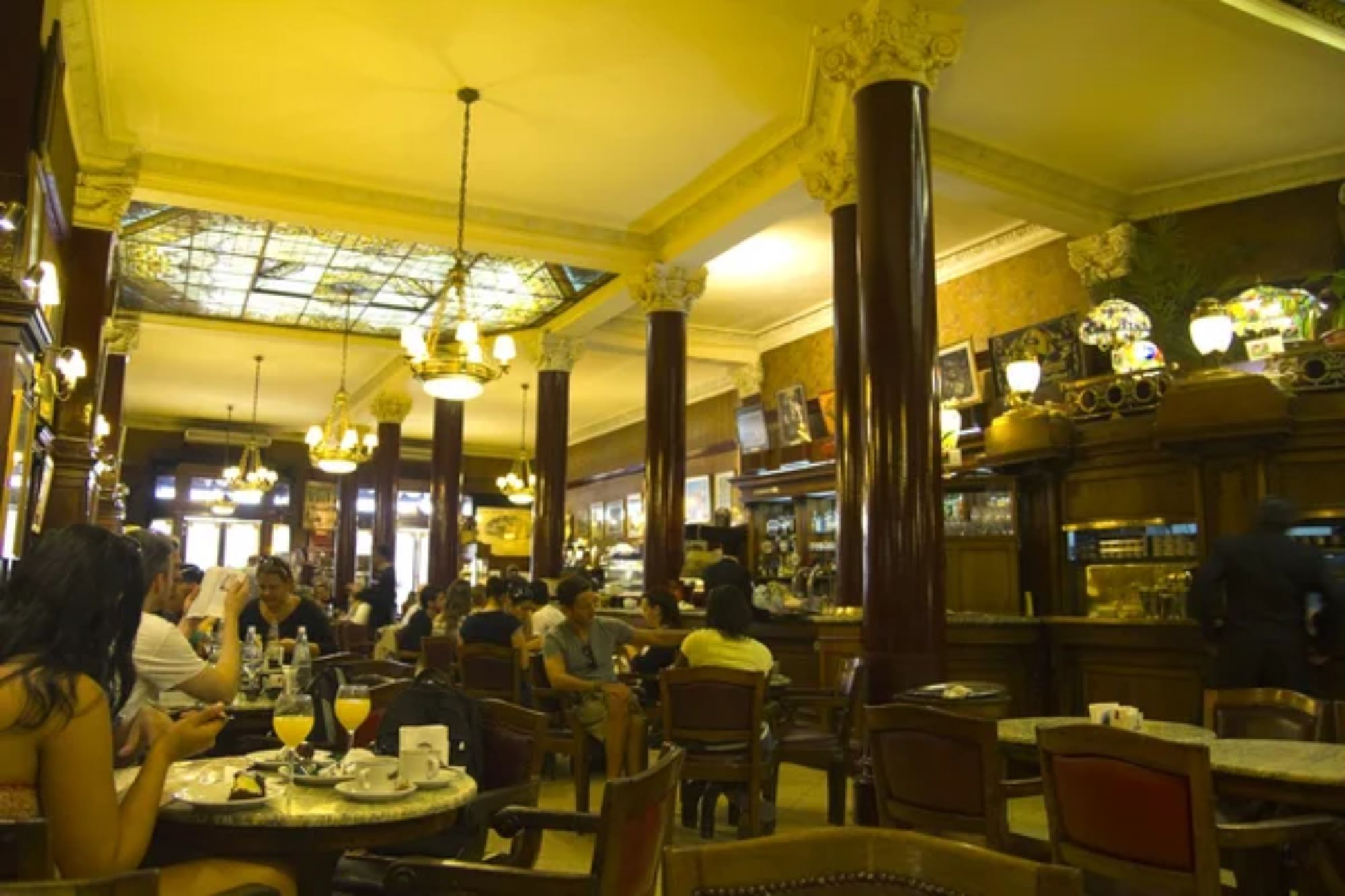
Dedicated in 1858, Café Tortoni is Argentina’s oldest and best-known café. Its Belle Époque interior features marble-topped tables, stained-glass skylights, and wood paneling that transports visitors back to Buenos Aires’ heyday.
Intellectuals, politicians, and artists have clustered here for decades, including novelist Jorge Luis Borges and tango icon Carlos Gardel, whose ghost is still said to haunt the wall of memorabilia.
National Museum of Fine Arts
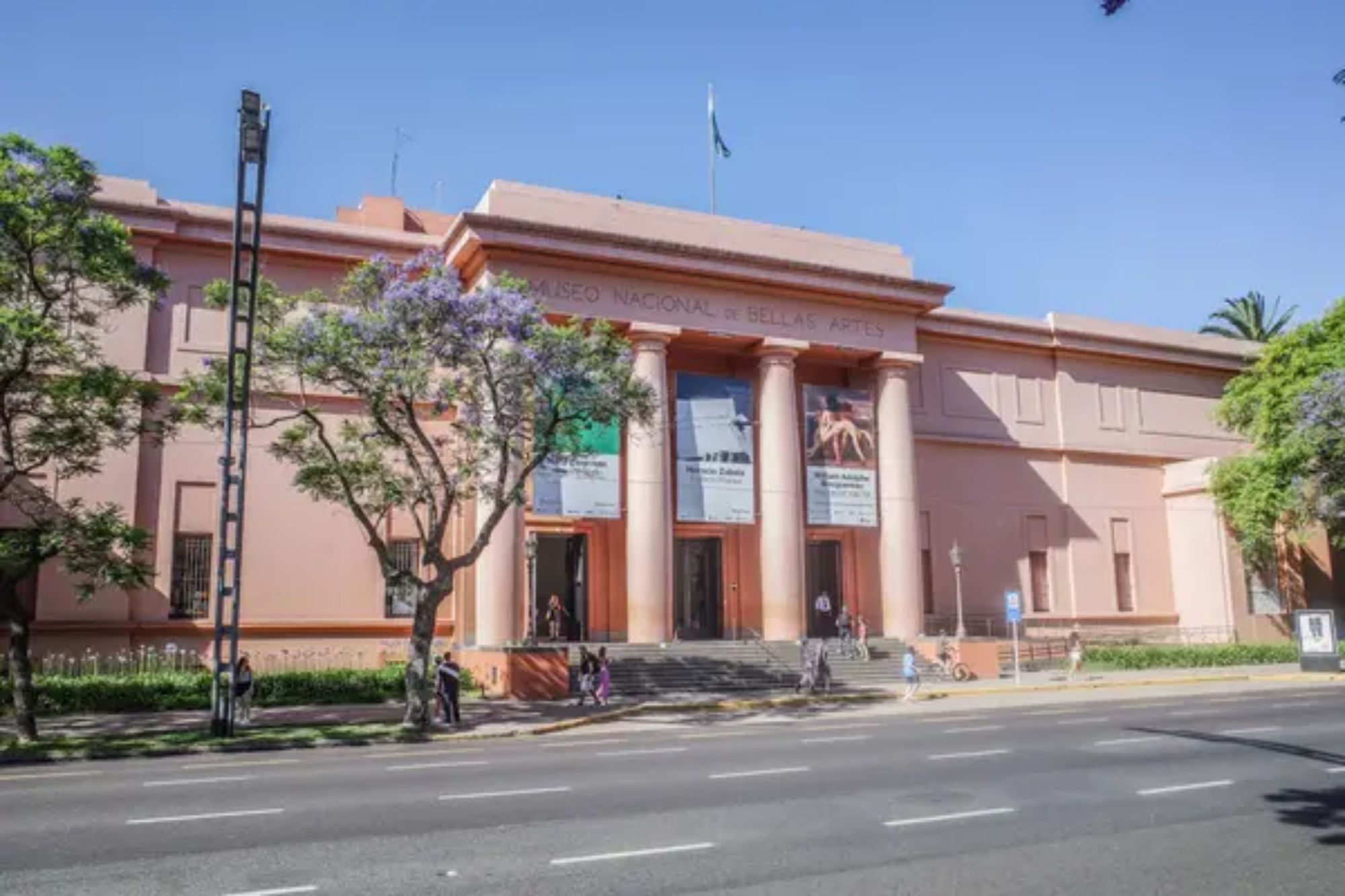
Housing the largest public art collection in Latin America, this museum displays works from the Middle Ages to the 20th century. European masters like Rembrandt, Goya, and Rodin share space with comprehensive collections by Argentine artists.
The museum building tells a story of transformation – originally constructed as a drainage pump station before being redesigned in the 1930s as the cultural treasure it is today.
Plaza Dorrego
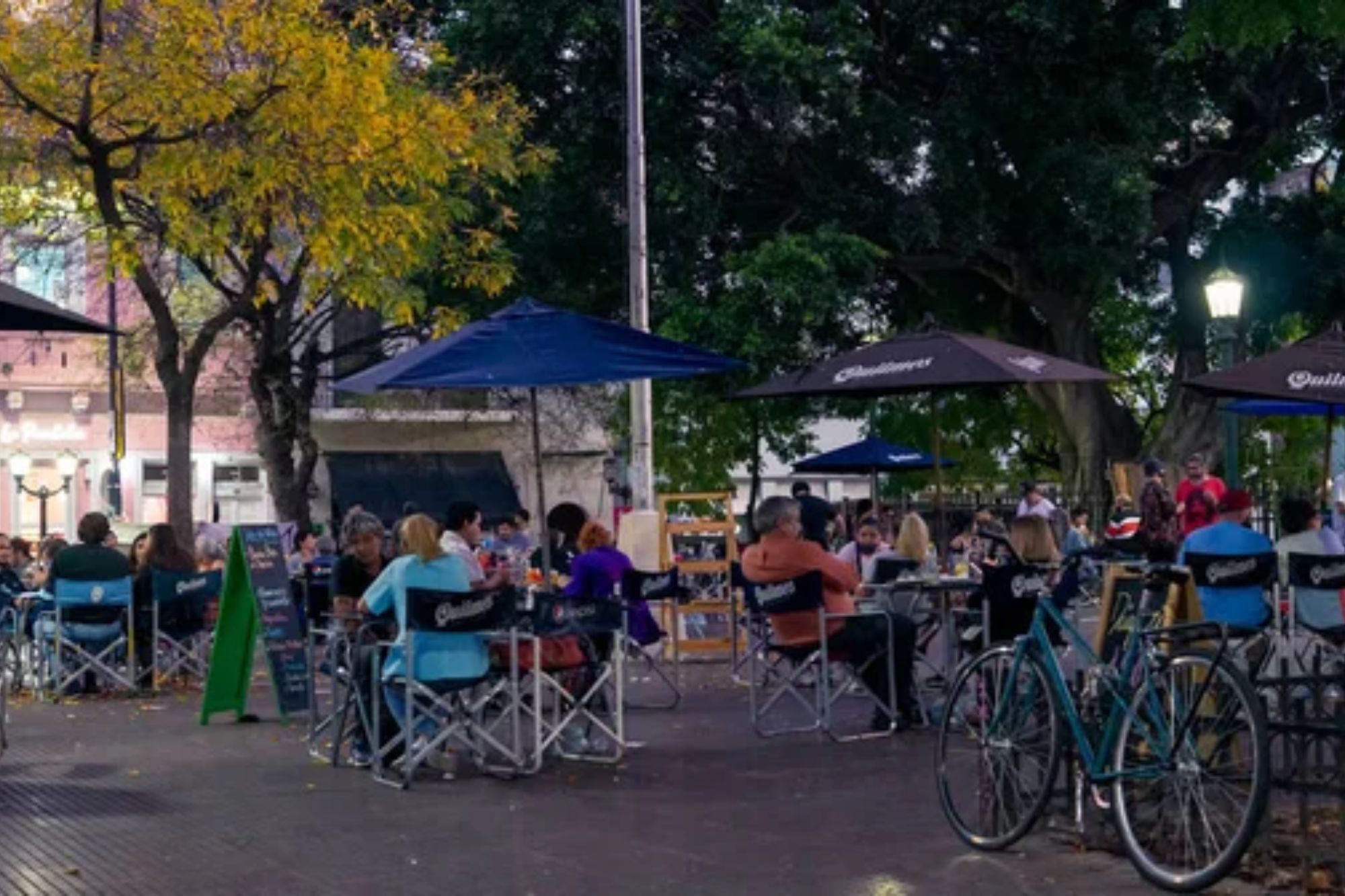
The second-oldest square in Buenos Aires transforms each weekend into an open-air antique market where vendors display everything from vintage jewelry to early 20th-century soda siphons. During weekday evenings, traditional milongas (tango dance events) occur here, with professionals and amateurs dancing under the stars.
The surrounding bars and restaurants provide perfect vantage points for watching the spectacle while enjoying local beverages.
Like Travel Pug’s content? Follow us on MSN.
El Zanjón de Granados
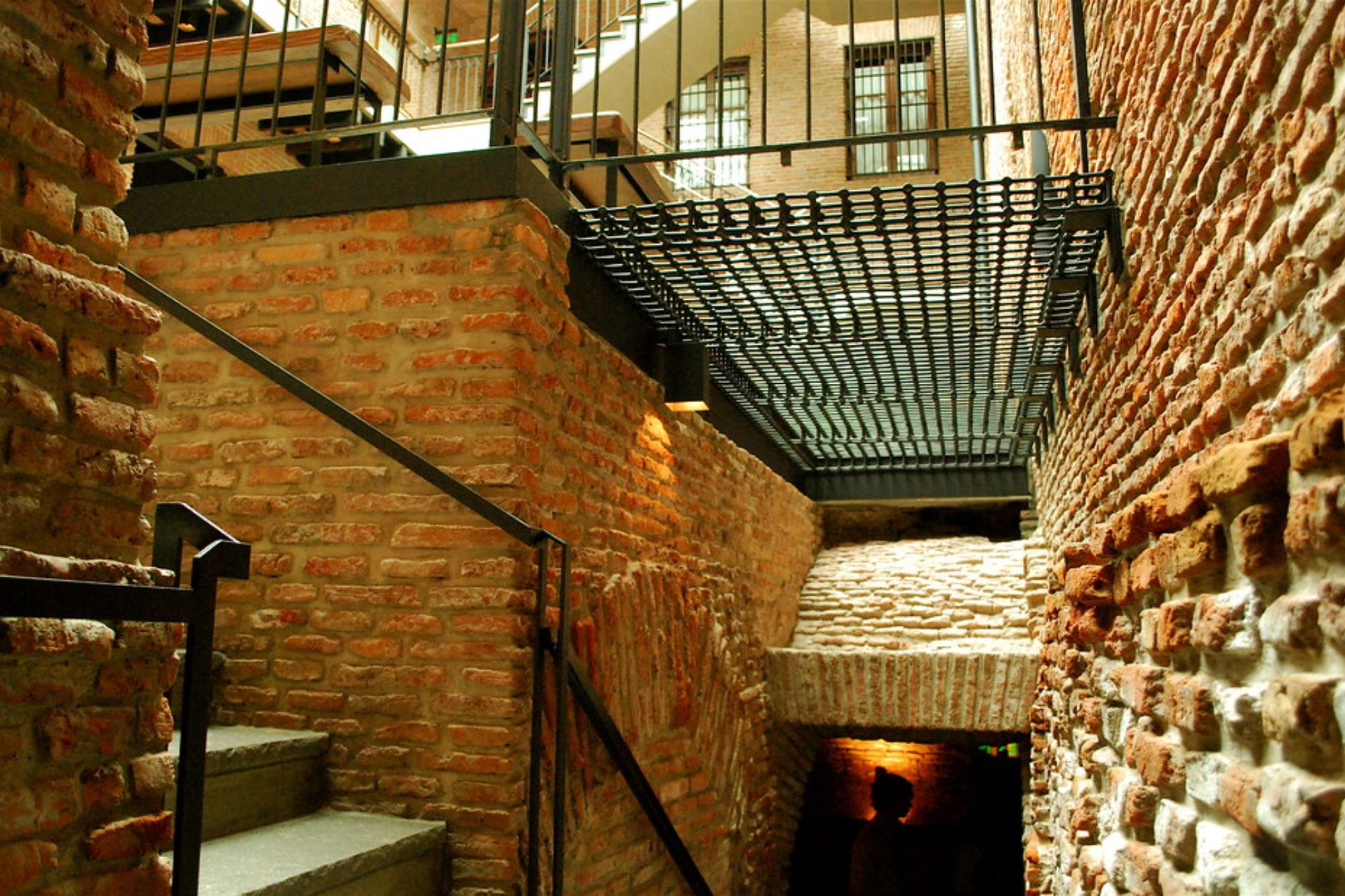
This restored urban archaeological site reveals Buenos Aires’ underground history. What began as one man’s renovation uncovered a complex network of tunnels and cisterns dating back to the city’s early colonial period.
Guided tours take visitors through subterranean passages that once channeled a stream beneath the city, offering a fascinating glimpse into urban development across centuries.
Reserva Ecológica Costanera Sur

This 865-acre ecological reserve emerged unintentionally when a riverside development project was abandoned in the 1970s. Nature reclaimed the area, creating wetlands that now host over 200 bird species and abundant wildlife just minutes from downtown.
Miles of trails wind through grasslands and lagoons, providing hiking, cycling, and birdwatching opportunities, with the city skyline forming a dramatic backdrop.
Mercado de San Nicolás

Recently revitalized as a gourmet food hall, this historic market building houses dozens of high-quality food vendors under one magnificent roof. Visitors can sample empanadas, Argentine wines, artisanal cheeses, and international cuisines while admiring the restored 19th-century architecture.
The market represents Buenos Aires’ evolving food culture, blending traditional flavors with contemporary culinary trends.
Like Travel Pug’s content? Follow us on MSN.
Centro Cultural Kirchner
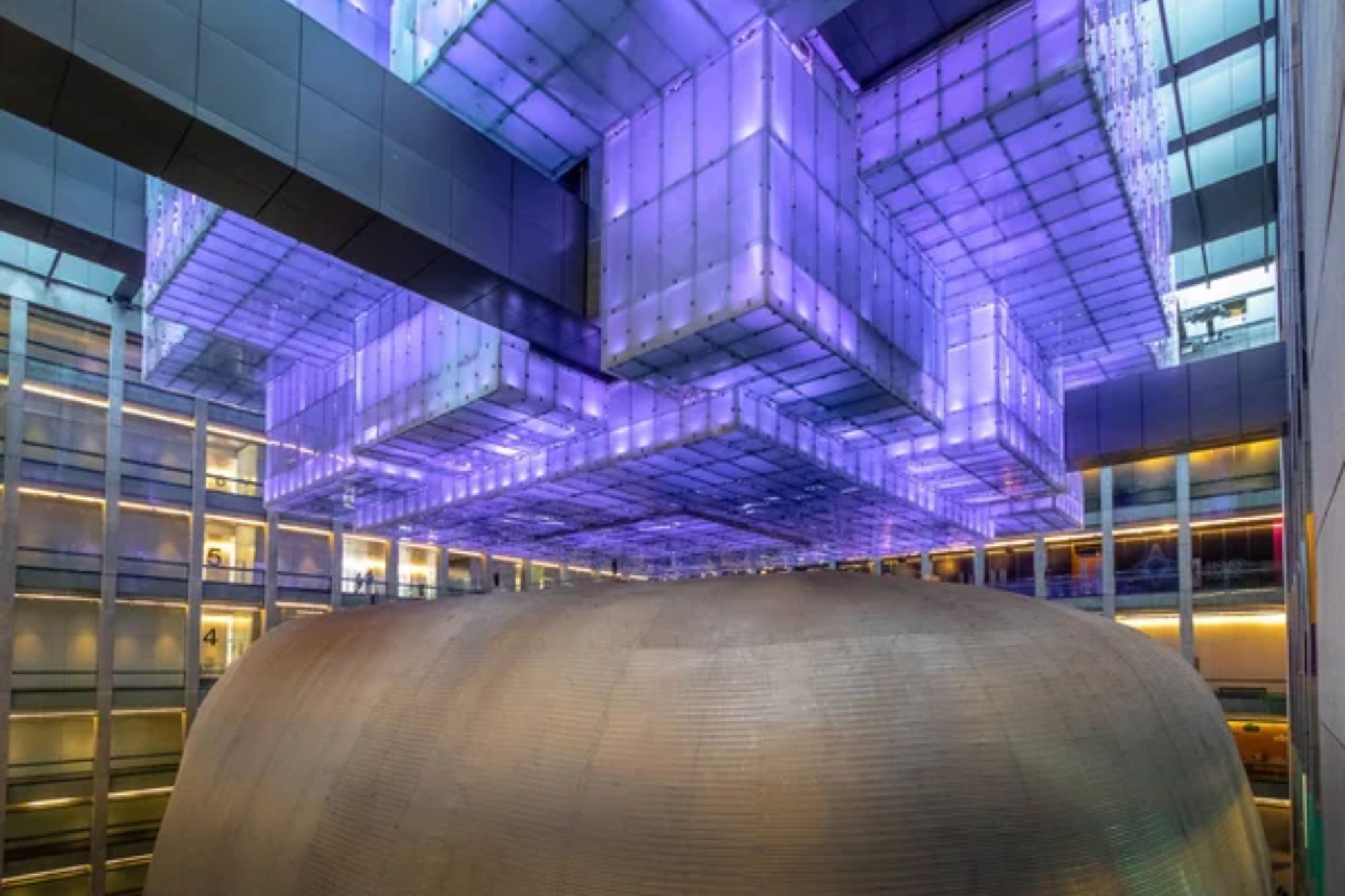
Housed in the former central post office, this cultural center ranks among the largest in the world at over 1.1 million square feet. The Beaux-Arts building has been spectacularly repurposed with concert halls, exhibition spaces, and multimedia installations.
The centerpiece “Blue Whale” concert hall features a suspended bubble-like structure with perfect acoustics, hosting performances ranging from classical orchestras to experimental electronic music.
Paseo de la Historieta

This delightful outdoor walking route celebrates Argentine comic strip characters with life-sized statues scattered throughout the San Telmo neighborhood. Beloved figures like Mafalda (a socially conscious 6-year-old created by cartoonist Quino) sit permanently on benches, inviting passersby to join them for photos.
The walk connects significant cultural landmarks while paying homage to this important aspect of Argentine popular culture.
The Beating Heart of South America
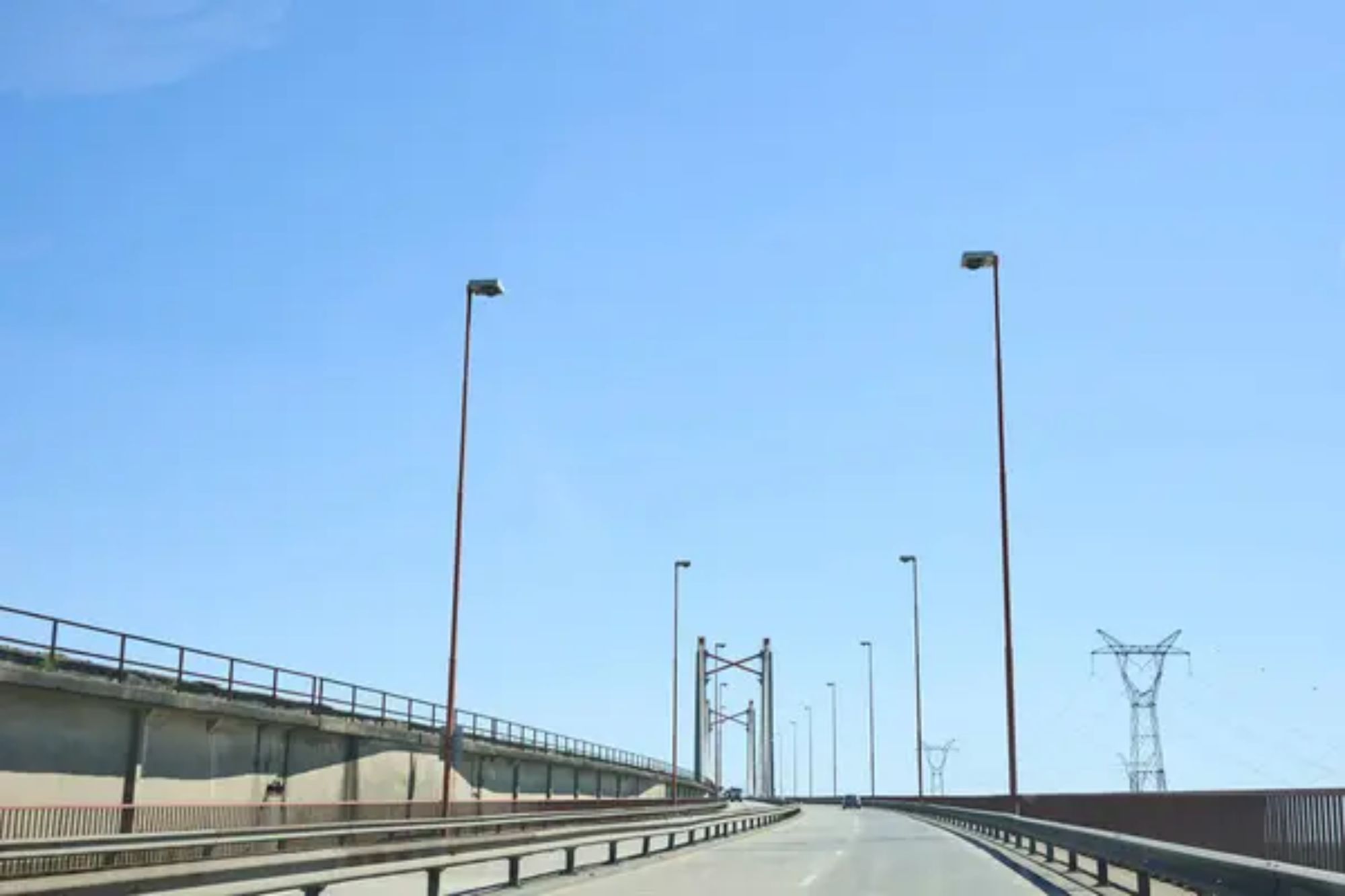
Buenos Aires defies simple categorization. It simultaneously embodies sophistication and grittiness, tradition and innovation, European influence, and a distinct Latin American identity. The city continues to reinvent itself while preserving its cultural touchstones. Visitors today experience the culmination of centuries of immigration, political upheaval, artistic achievement, and resilient spirit that have shaped this remarkable metropolis.
Buenos Aires doesn’t just offer sights to see; it provides a way of living to experience, even for a brief visit.
More from Travel Pug

- Cities Growing so Fast You Won’t Recognize Them in 10 Years
- 13 Destinations Where Tourists Regularly Regret Their Trip
- 20 Obscure WWII Sites Even History Buffs Don’t Know About
- 10 Under-the-Radar Mountain Towns That Are Both Affordable and Beautiful
- Remote Villages in Europe Where You Can Live for Free in Exchange for Work
Like Travel Pug’s content? Follow us on MSN.
